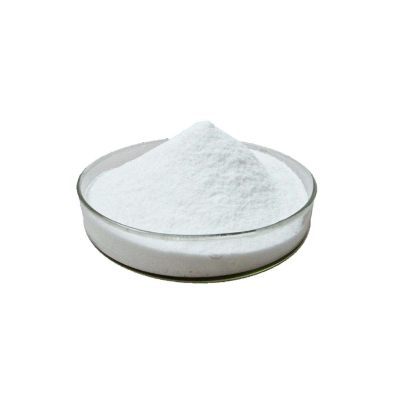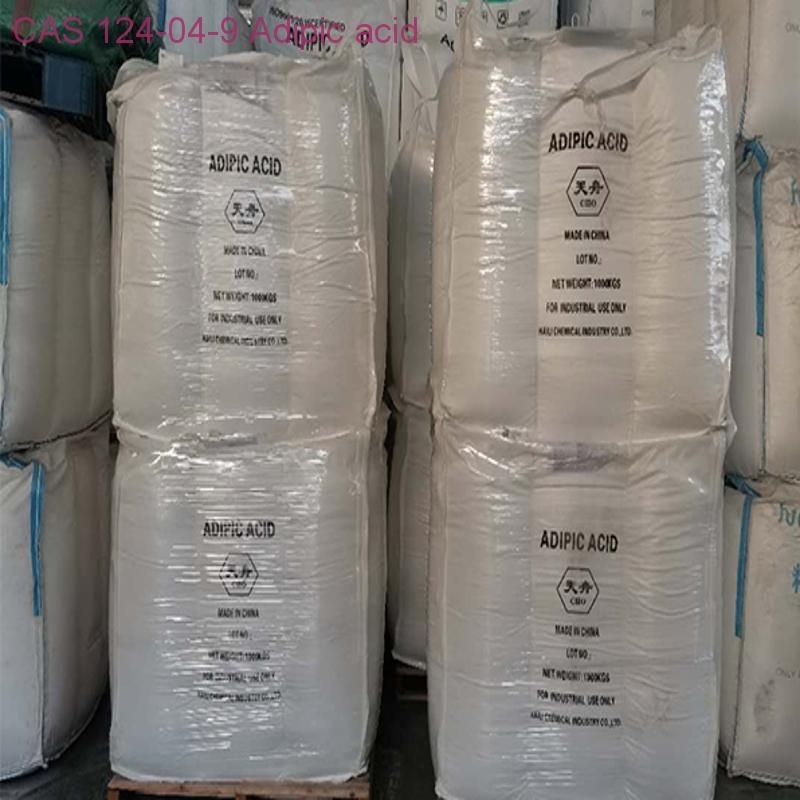-
Categories
-
Pharmaceutical Intermediates
-
Active Pharmaceutical Ingredients
-
Food Additives
- Industrial Coatings
- Agrochemicals
- Dyes and Pigments
- Surfactant
- Flavors and Fragrances
- Chemical Reagents
- Catalyst and Auxiliary
- Natural Products
- Inorganic Chemistry
-
Organic Chemistry
-
Biochemical Engineering
- Analytical Chemistry
-
Cosmetic Ingredient
- Water Treatment Chemical
-
Pharmaceutical Intermediates
Promotion
ECHEMI Mall
Wholesale
Weekly Price
Exhibition
News
-
Trade Service
The production process of pyridoxine hydrochloride, also known as vitamin B6, involves several steps that must be carried out with care and precision to ensure the final product's quality and purity.
The following is a detailed explanation of the production process of pyridoxine hydrochloride.
Step 1: Selecting the raw materials
The production of pyridoxine hydrochloride starts with selecting high-quality raw materials, such as pyridoxine alphaketoglutarate, which is the primary precursor for the synthesis of vitamin B6.
The quality of the raw materials used directly impacts the quality of the final product, so it is essential to use only the best quality materials.
Step 2: Preparing the reaction mixture
Next, the selected raw materials are mixed in appropriate proportions to form a reaction mixture.
The reaction mixture is then subjected to a series of chemical reactions to convert pyridoxine alphaketoglutarate into pyridoxine hydrochloride.
The exact composition of the reaction mixture may vary depending on the manufacturing process and the desired purity of the final product.
Step 3: Conducting the chemical reactions
The reaction mixture is then treated with various chemical reagents and catalysts to carry out the chemical reactions necessary for the synthesis of pyridoxine hydrochloride.
These reactions typically involve the use of hydrochloric acid, sodium hydroxide, and other chemicals to convert the raw materials into the desired product.
Step 4: Recrystallization
After the chemical reactions are complete, the resulting product is typically in the form of a gel or a precipitate.
This material is then purified by a process called recrystallization.
In recrystallization, the mixture is slowly cooled, and the crystals are allowed to form.
The crystals are then collected, washed, and dried to obtain pure pyridoxine hydrochloride.
Step 5: Determining the purity of the final product
Once the recrystallization process is complete, the purity of the final product is determined through various tests, such as spectroscopy, chromatography, and other analytical techniques.
The final product is considered pure if it meets the required purity standards set by regulatory agencies.
Step 6: Packaging and Storage
Finally, the pure pyridoxine hydrochloride is packaged in appropriate containers, such as capsules, tablets, or powders, depending on the intended use.
The packaged product is then stored in a cool, dry place to maintain its quality and stability.
Challenges in the production of pyridoxine hydrochloride
Despite the seeming simplicity of the production process of pyridoxine hydrochloride, there are several challenges that manufacturers must overcome to ensure the quality and purity of the final product.
Some of these challenges include:
- Raw material quality: The quality of the raw materials used directly affects the quality of the final product.
Therefore, it is essential to use only high-quality raw materials to ensure the purity of the final product. - Control of the reaction conditions: The reaction conditions, such as temperature, pressure, and the presence of catalysts, must be carefully controlled to ensure that the reaction proceeds smoothly and produces the desired product.
- Recrystallization: The recrystallization process can be challenging, as it requires careful control of the conditions to obtain pure crystals.
Any impurities present in the initial mixture can affect the purity of the final product. - Analytical techniques: The determination of the purity of the final product requires the use of sophisticated analytical techniques, such as spectroscopy and chromatography.
These techniques must be performed accurately and reliably to ensure the purity of the final product.
Conclusion
The production







